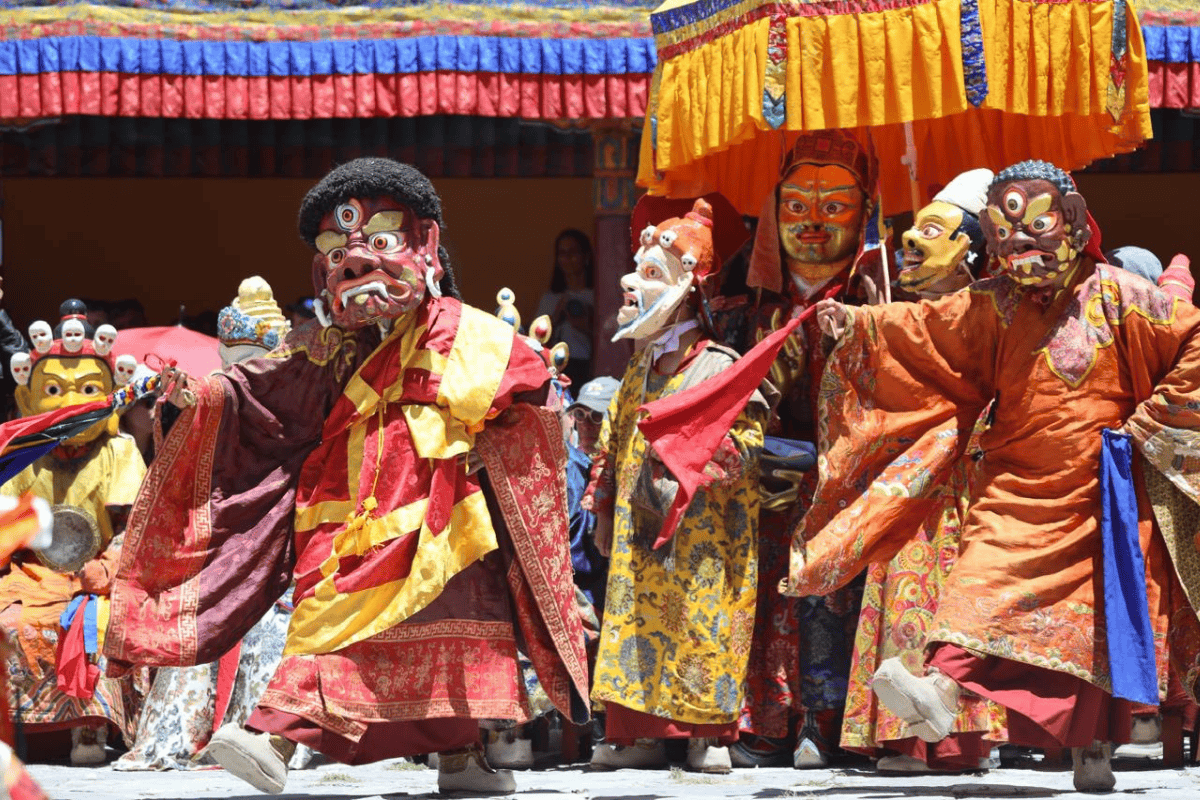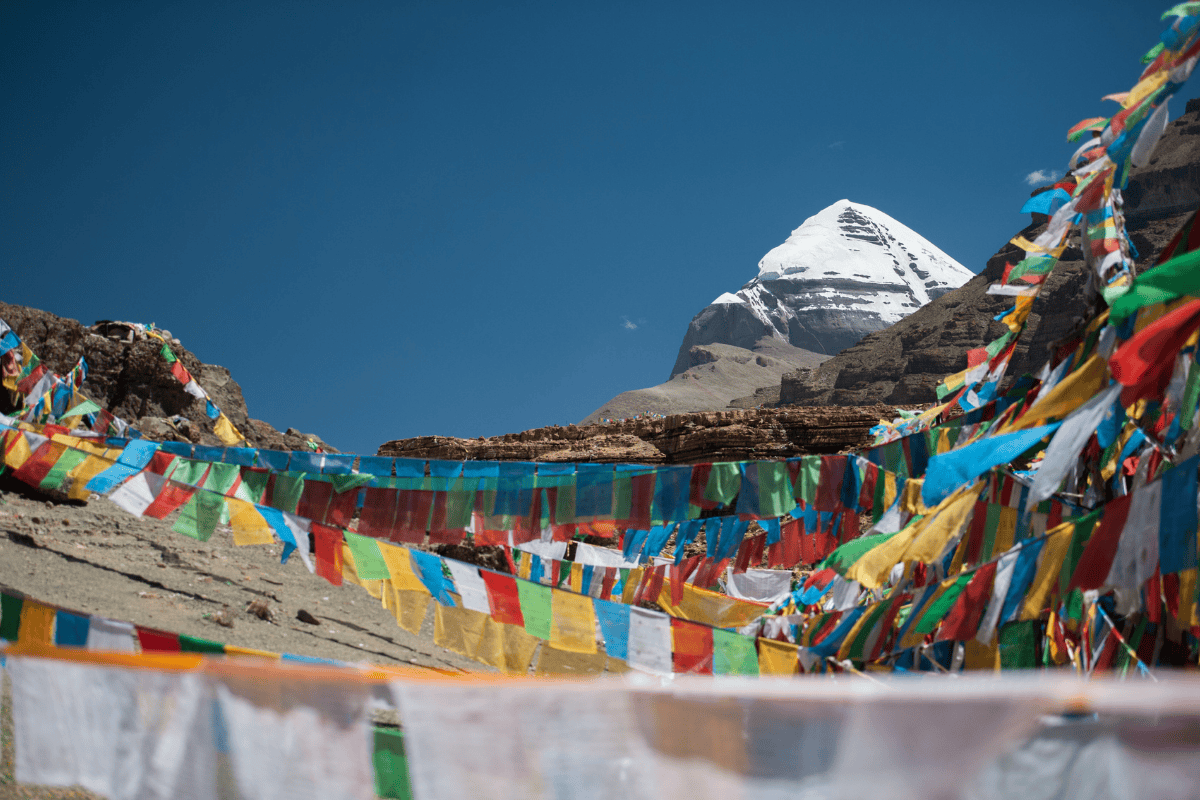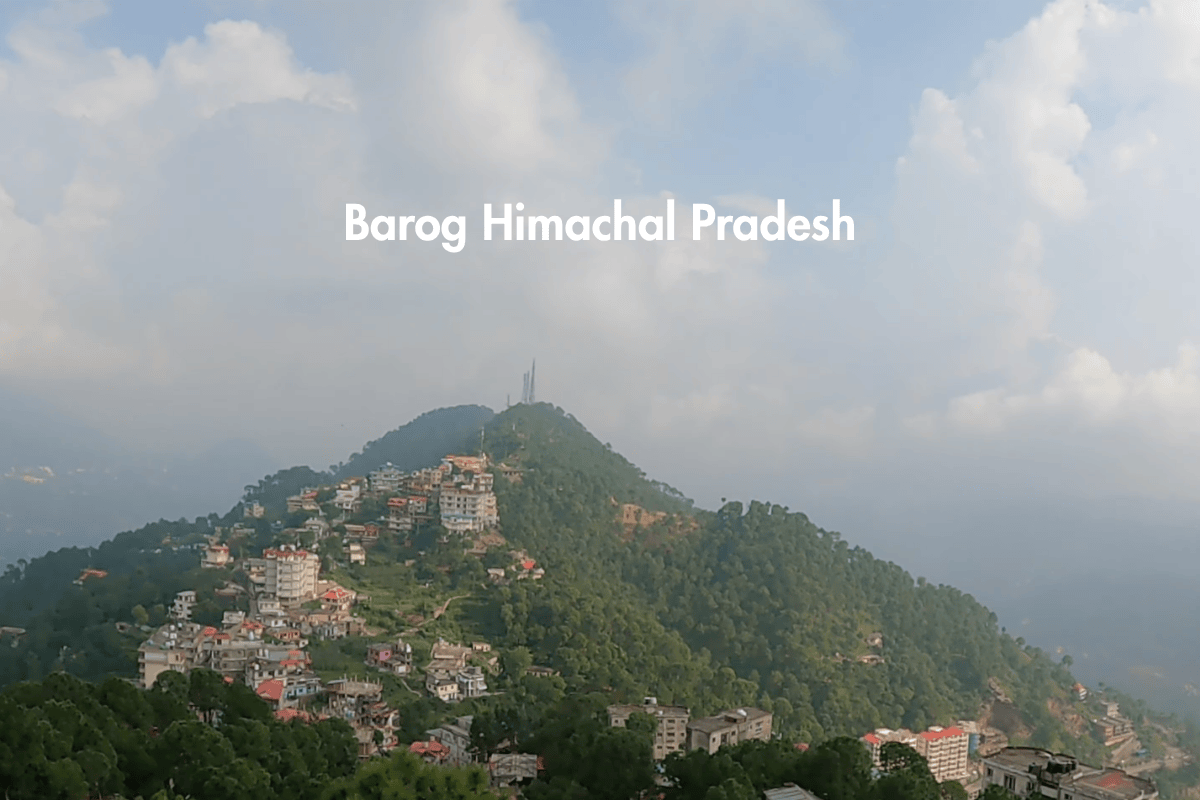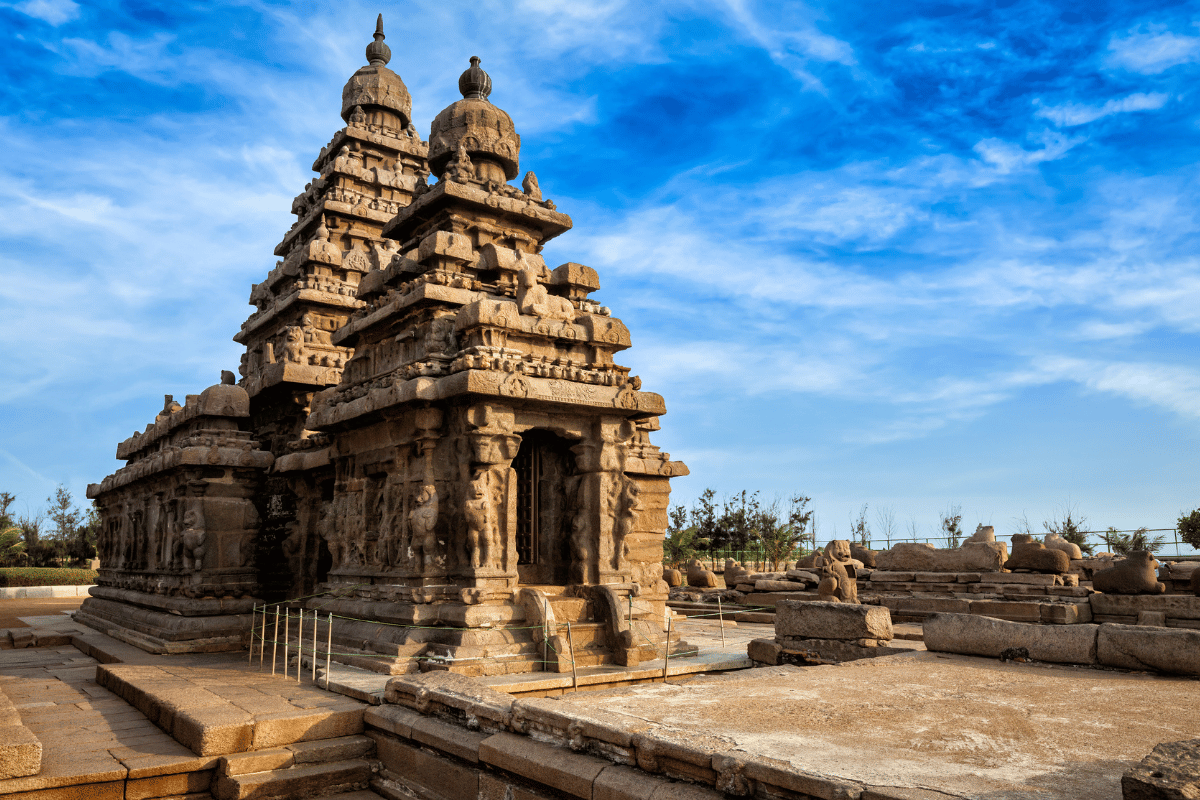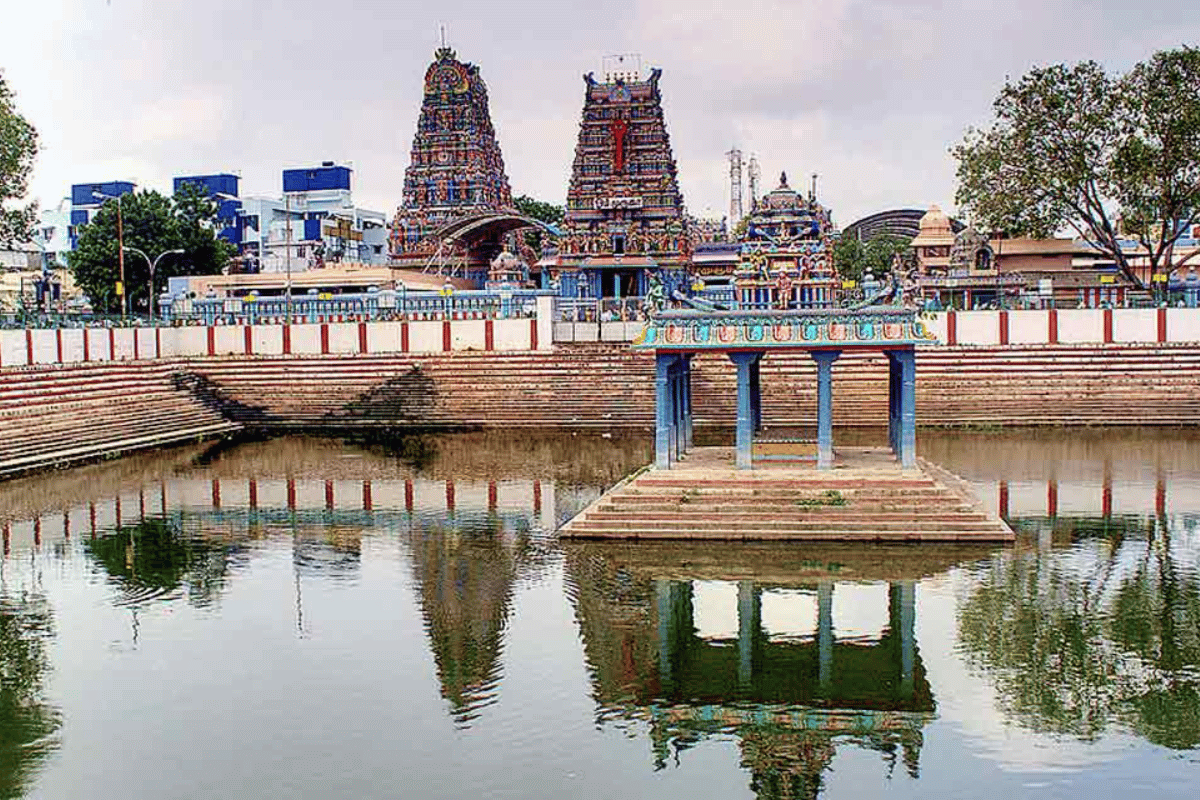Ambaji Temple Travel Guide – A Sacred Shakti Peeth in Gujarat

Ambaji Temple is a very famous temple in Gujarat, located in Danta taluka, Banaskantha district, near the Rajasthan border. This temple is dedicated to Maa Amba, who is believed to be a form of Goddess Durga. It is one of the most important Shakti Peeths in India. Thousands of people visit this temple every day, especially during big festivals like Navratri and the Bhadarvi Poonam fair. People come here with full faith to take blessings from Mataji for good health, happiness, and peace.
Table of Contents
History of Ambaji Temple – Why is this Temple So Special?
The story of Ambaji Temple is connected to an old story from Hindu mythology. Long ago, Maa Sati, the first wife of Lord Shiva, gave her life at her father’s yagna (prayer event) because he insulted her and Lord Shiva. After that, Lord Shiva became very sad and angry.
He started walking all over the world carrying Sati’s body. To calm him down, Lord Vishnu used his Sudarshan Chakra and cut Sati’s body into 51 parts. These body parts fell in different places in India. These places are now known as the 51 Shakti Peeths.
It is believed that Sati Mata’s heart fell at Gabbar Hill in Ambaji, and that’s why this place became so important. In this temple, there is no idol of Maa Amba, but instead, a Shree Yantra is placed inside the temple, which is worshipped. Devotees believe that Maa Amba lives in that symbol, and all prayers are offered to her with full devotion.
Ambaji Gabbar – The Original Place of Mataji’s Power
Just about 4 km from the main Ambaji Temple, there is a big hill called Gabbar Hill. This is believed to be the original place where Sati Mata’s heart fell. On top of this hill, there is a small temple of Maa Amba. To reach the top, you can either climb 999 steps or use the ropeway (cable car).

The ropeway is a good option, especially for elderly people or those who cannot climb. The ropeway gives a beautiful view of the forest and hills.
- Ropeway Ticket Price (approx): ₹125 per person for both sides for Adult and ₹70 for Children.
- Ropeway Timings: Around 8:00 AM to 6:00 PM
- Ticket Book: Visit udankhatola.com website to book your ticket

There’s also a popular local story where a king saw a divine dream of Maa Amba on Gabbar Hill. After that, he built the Ambaji Temple nearby. Since then, this place became very famous and spiritual.
Even today, people from all over Gujarat, Rajasthan, and Maharashtra come walking (padayatra) to visit Ambaji Mata and climb Gabbar Hill to take blessings.
How to Reach Ambaji Temple?
By Road:
Ambaji is connected by road with cities like Ahmedabad (180 km), Palanpur (65 km), and Abu Road (45 km). Buses and taxis are easily available. GSRTC (Gujarat State buses) also run regularly.
By Train:
The nearest railway station is Abu Road, which is around 45 km from Ambaji. From there, you can take a bus, auto, or taxi.
By Air:
The nearest airport is Ahmedabad Airport. From there, you can travel by road to reach Ambaji, which takes around 4–5 hours.
Shopping in Ambaji – Local Items You Can Buy
A visit to Ambaji is not just about darshan and devotion, it’s also a great chance to enjoy some local shopping. The temple area and the surrounding streets are full of small shops where you can buy traditional, local, and handmade items that you won’t easily find elsewhere.

One of the most popular things you’ll see here is the Heavy Stone Mortar and Pestle (known locally as khalbatta or sil batta). These are made from solid black or grey stone and are used for grinding spices the traditional way. Many people from Gujarat and Rajasthan come here specially to buy these strong, long-lasting kitchen tools.
You’ll also find shops selling traditional Rajasthani and Gujarati clothes, including colourful ghagras, dupattas, bandhani sarees, and embroidered cholis. These are perfect for festive wear or Navratri. Handcrafted jewellery, puja items, kumkum-dani, clay diyas, and marble idols of gods and goddesses are also available at reasonable prices.
For those looking to take home something sweet, don’t miss out on the local prasad shops where you can buy peda, coconut sweets, and other traditional offerings made fresh daily.
Shaktipeeth Parikrama Route – A Divine Walk Around Gabbar Hill
One of the most spiritual experiences at Ambaji, apart from darshan at the main temple, is doing the Shaktipeeth Parikrama. This is a special walking path around Gabbar Hill, where it is believed that Maa Sati’s heart fell, making it one of the 51 sacred Shaktipeeths in India.

The Parikrama route is a well-paved path built around Gabbar Hill, where devotees walk slowly, chanting Mataji’s name and feeling close to her divine energy. Along the way, you’ll find 51 beautifully crafted symbolic temples, each representing one of the 51 Shaktipeeths from across India, Nepal, and even Sri Lanka. These mini-temples are made of marble and are placed in order, along the circle of the hill.
Many people walk the Parikrama barefoot as a sign of devotion. The route is about 2.5 to 3 kilometers long, and it takes around 1 to 1.5 hours to complete, depending on your pace. The entire path is peaceful, surrounded by trees, open skies, and sometimes soft devotional music playing from nearby speakers.
Walking this path is not just physical — it’s an emotional and spiritual journey. Devotees believe that by doing the Shaktipeeth Parikrama, one receives blessings from all the 51 Shakti forms of Maa Durga, bringing peace, good health, and strength in life.
The path is open during temple timings, and it is best done in the early morning or evening, when the weather is pleasant.
End Words:
Ambaji is not just a temple — it’s a place full of faith, energy, and peace. From the divine darshan at the main temple to the holy climb or ropeway ride to Gabbar Hill, every part of Ambaji brings you closer to Maa Amba’s blessings. Whether you’re doing the Shaktipeeth Parikrama, shopping for local items, or simply enjoying the peaceful atmosphere, Ambaji leaves a deep mark in your heart. It’s a perfect place for people who want a break from daily life and wish to feel spiritually refreshed. If you’re looking for a mix of devotion, nature, and Gujarati culture — Ambaji is a must-visit.

